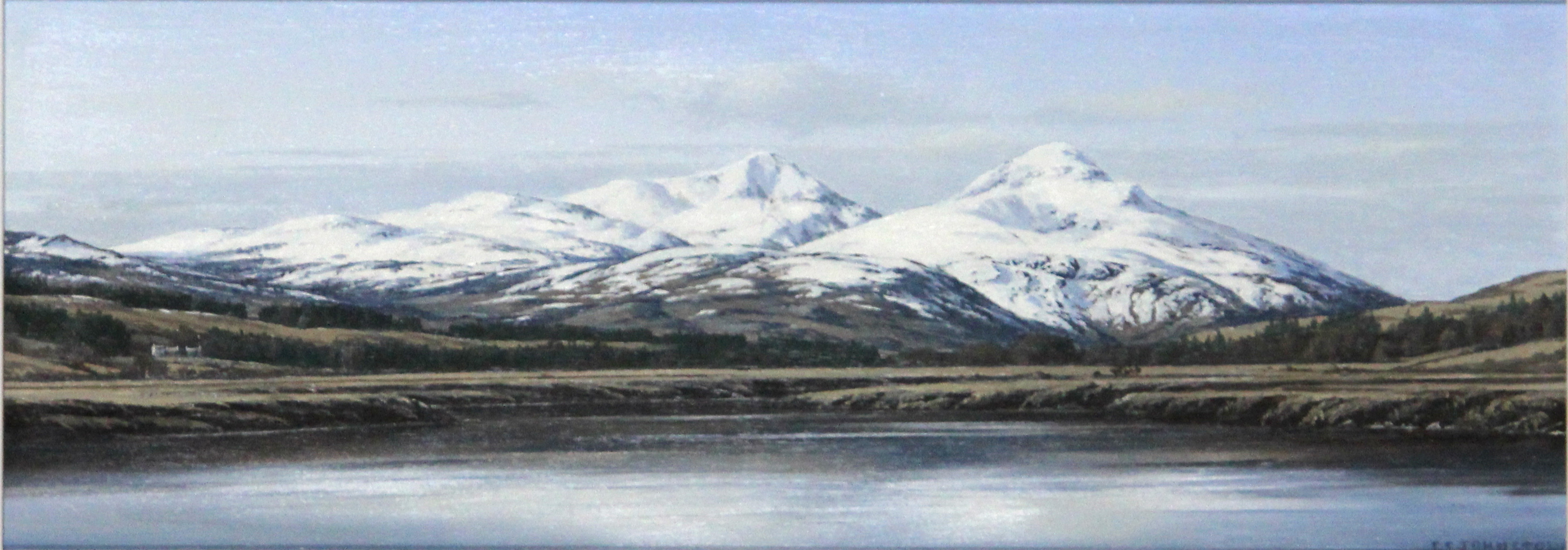


Stirling Castle, Doune Castle & Scotch Whisky.Kilmartin Ancient Standing Stones & Burial Cairns.Loch Lomond, Inveraray Castle & Kilchurn Castle.There are no images available for this record. There are no images available for this record, you may want to check Canmore for images relating to GLEN DOCHART, NEAR SUIE, MACNABS OF INNISHEWAN BURIAL ENCLOSURE The relevant planning authority is the point of contact for applications for listed building consent.įind out more about listing and our other designations at You can contact us on 01 or at Images Listed building consent is required for changes to a listed building which affect its character as a building of special architectural or historic interest. Some earlier listed building records may use the word 'excluding', but if the Act is not quoted, the record has not been revised to reflect subsequent legislation. The statement will use the word 'excluding' and quote the relevant section of the 1997 Act. If part of a building is not listed, it will say that it is excluded in the statutory address and in the statement of special interest in the listed building record. However, for listed buildings designated or for listings amended from 1 October 2015, legal exclusions to the listing may apply. While Historic Environment Scotland is responsible for designating listed buildings, the planning authority is responsible for determining what is covered by the listing, including what is listed through curtilage. Listing also applies to buildings or structures not physically attached but which are part of the curtilage (or land) of the listed building as long as they were erected before 1 July 1948. Listing covers both the exterior and the interior and any object or structure fixed to the building. Even if a number or name is missing from a listing address it will still be listed. Addresses and building names may have changed since the date of listing. Historic Environment Scotland does not accept any liability for any loss or damage suffered as a consequence of inaccuracies in the information provided. Other than the name or address of a listed building, further details are provided for information purposes only. The legal part of the listing is the address/name of site which is known as the statutory address. Earlier records may be brief and some information will not have been recorded. The format of the listed building record has changed over time. If part of a building is not described it does not mean it is not listed. These records are not definitive historical accounts or a complete description of the building(s).

The description and additional information provided are supplementary and have no legal weight. Listed building records provide an indication of the special architectural or historic interest of the listed building which has been identified by its statutory address. We list buildings which are found to be of special architectural or historic interest using the selection guidance published in Designation Policy and Selection Guidance (2019) Listing is the process that identifies, designates and provides statutory protection for buildings of special architectural or historic interest as set out in the Planning (Listed Buildings and Conservation Areas) (Scotland) Act 1997. We make recommendations to the Scottish Government about historic marine protected areas, and the Scottish Ministers decide whether to designate. These designations are Scheduled monuments, Listed buildings, Inventory of gardens and designed landscapes and Inventory of historic battlefields. Historic Environment Scotland is responsible for designating sites and places at the national level. Proceedings of Antiquaries of Scotland LXIII p346 W A Gillies, In Famed Breadalbane (2nd ed 1987) p82 C McKean, Stirling and The Trossachs (1994), p108. References Bibliographyġst edition Ordnance Survey map (1859-64). Gillies writing in 1938 notes that earlier circular foundations can still be traced at the site and that this is an ancient burial place. Located on land which forms part of the Auchlyne Estate. It is an important part of local clan history. The burial enclosure is located within a flat plain of land next to the River Dochart and set on a raised earth platform, thus affording it a prominence in the landscape. A futher weathered grave slab is located to the South West. Headstones inside the enclosure date from the 18th century onwards. There is a railed enclosure to the West and a further small rectangular rubble section to the burial enclosure itself to the North West with a weathered grave slab. The rubble burial enclosure is open to the sky and is rectangular plan with a simple opening on the South elevation. Loch Lomond and Trossachs National Park Planning AuthorityĬonstructed 1759 for the Macnabs of nearby Innishewan, a weathered plaque inside is inscribed, 'BUILT BY JOHN McNAB POSESSER OF INSHOAN 1759'.


 0 kommentar(er)
0 kommentar(er)
